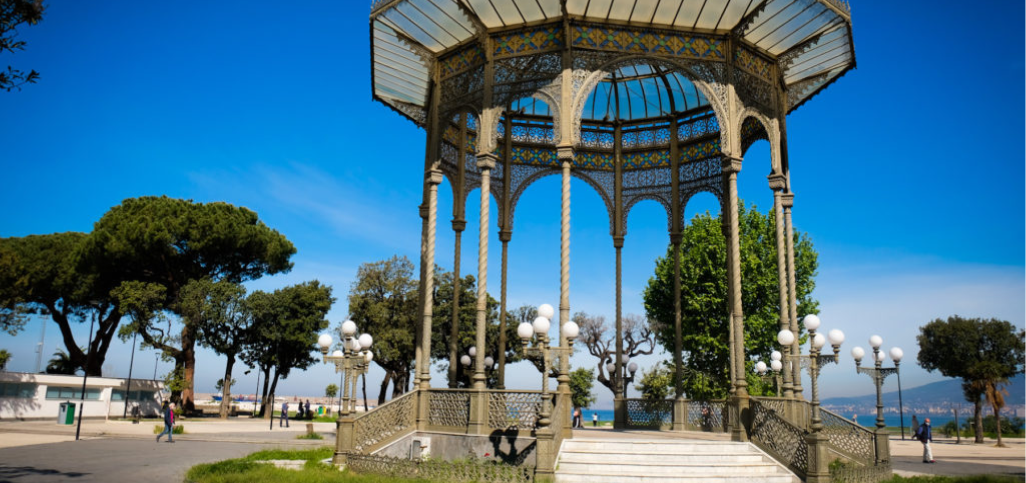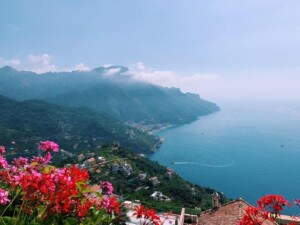
Surroundings to Visit
Castellammare di Stabia is in a strategic position, between Pompeii and the Amalfi coast, Castellammare di Stabia is located a few steps from the areas of greatest tourist interest in Campania, such as Naples, Capri and the Pompeii excavations.
Napoli
Naples is the typical Mediterranean city, where the blue sea is the background to a thousand-year history. Greeks, Romans, Byzantines, Normans, French, Spaniards, have left their traces in the monuments and traditions of a city that rose on the tomb of a mermaid, continues to be a fascinating and musical place.
Naples is the city where pizza and famous songs such as ”O’ sole mio” are born; 37 museums, 300 monumental churches and the most beautiful subway in Europe; in the background, Vesuvius and Capri!

Pompei Scavi
In 79 A.D. a sudden explosion began one of the most violent natural catastrophes that history remembers and suddenly interrupted the flow of daily life at the foot of Vesuvius.
A rain of ash, pumice and lapilli fell uninterrupted on the city for many hours but it was during a short interval of a few hours that consumed the fate of many Pompeians who decided to return to their homes in search of relatives and their belongings.
The eruptive material, driven by the wind, settled on the buildings and buried them completely. The famous plaster casts reproduce the exact position of the bodies of the victims at the time of the violent and sudden eruption.
Walking through the streets of ancient Pompeii and visiting the public buildings, spas and houses richly decorated understand the exceptional level of culture of a city so ancient but in some ways already modern.
The visit of the excavations of Pompeii is an exciting experience that transports the tourist back in time of two thousand years.

Sorrento
“The town where lemons bloom“. So the ancient travelers described Sorrento. Today it is one of the most famous tourist resorts of the Gulf of Naples. The tranquility of the place and the beauty of the landscape, are the setting for a very interesting history and traditions related to the vocation of the place.
The visit of Sorrento includes a walk in the historic center to discover small churches and ancient palaces, but also a visit to a farm in the hills of Sorrento, where you can discover techniques and tricks related to local agricultural production, with the possibility of mini courses of pizza, limoncello and mozzarella.

Capri
Capri is one of the most fascinating islands in the world that, thanks to a perfect mix of history, nature, worldliness, culture and events, gave birth to a myth without equal. Over the centuries many intellectuals, artists and writers have been raptured by its magical beauty.
The evocative “Blue Grotto” and the famous “Piazzetta” are just some of the most famous Capri symbols. Among the most visited places of interest on the island there are the wonderful “Gardens of Augustus” from which you can enjoy a unique view overlooking the famous “Faraglioni“.
Of the 12 villas that Emperor Tiberius had built on the island, “Villa Jovis” is certainly the most representative and its ruins are still among the attractions of Capri most visited by lovers of history.

Costiera Amalfitana
Inhabited since prehistoric times and famous in medieval times to host one of the four glorious Maritime Republics of Italy, is now one of the most visited places in the world, privileged advertising sets and movies: terraces of lemon groves overlooking the sea, villages with the characteristic Arab-Amalfi style buildings, beaches, caves and beautiful bays.
The Amalfi coast offers many opportunities to visit. Its natural beauty and picturesque landscapes have made it, especially since the Second World War, one of the favorite destinations of the world jet set, reason that earned it the nickname of “Divine Coast“.

Vesuvio
Vesuvius is an unusual sight in the panorama of the gulf. A famous postcard image taken from the hill of Posillipo made him enter the collective imagination of the city of Naples.
The eruption of Vesuvius in 79 is the main eruptive event on Vesuvius in historical times. The eruption, which profoundly modified the morphology of the volcano and the surrounding territories, caused the destruction of the cities of Herculaneum, Pompeii, Oplontis and Stabia, whose ruins, remained buried under layers of pumice, have been brought to light since the 18th century.
Vesuvius was the first volcano to be systematically studied. King Ferdinand II of Bourbon in 1841, built the Vesuvian Observatory, the oldest volcanological observatory in the world still working.

